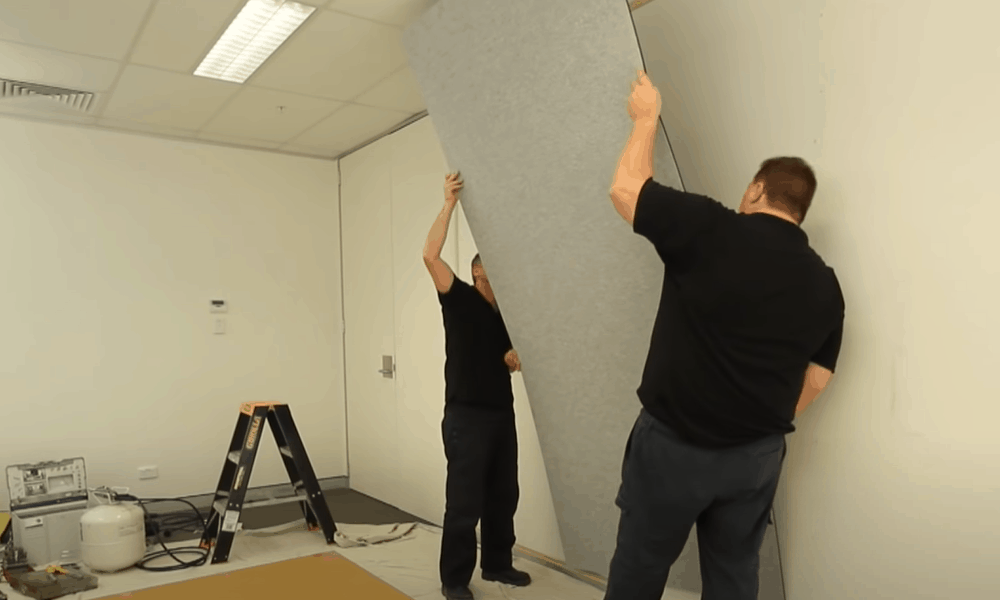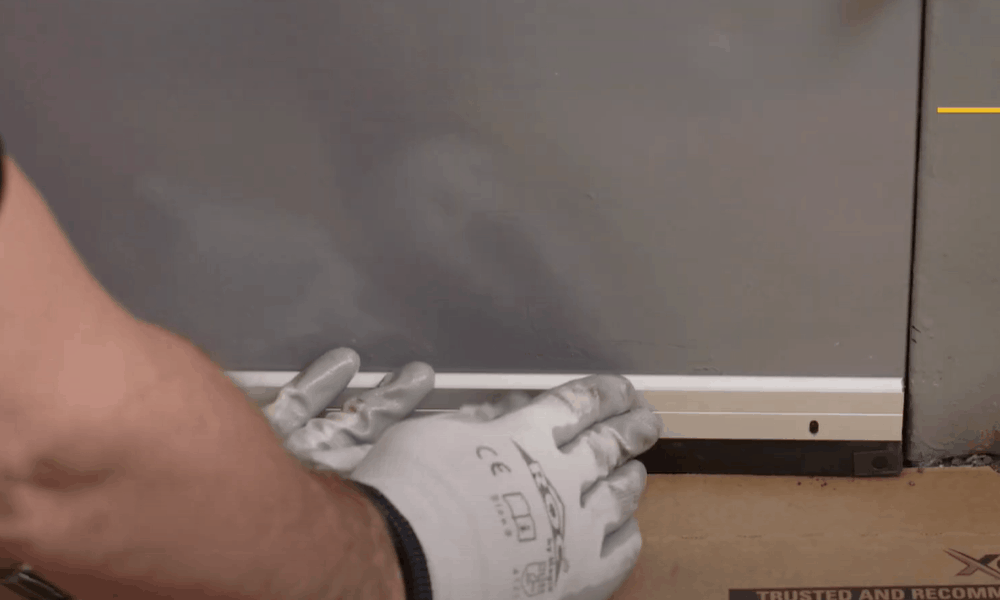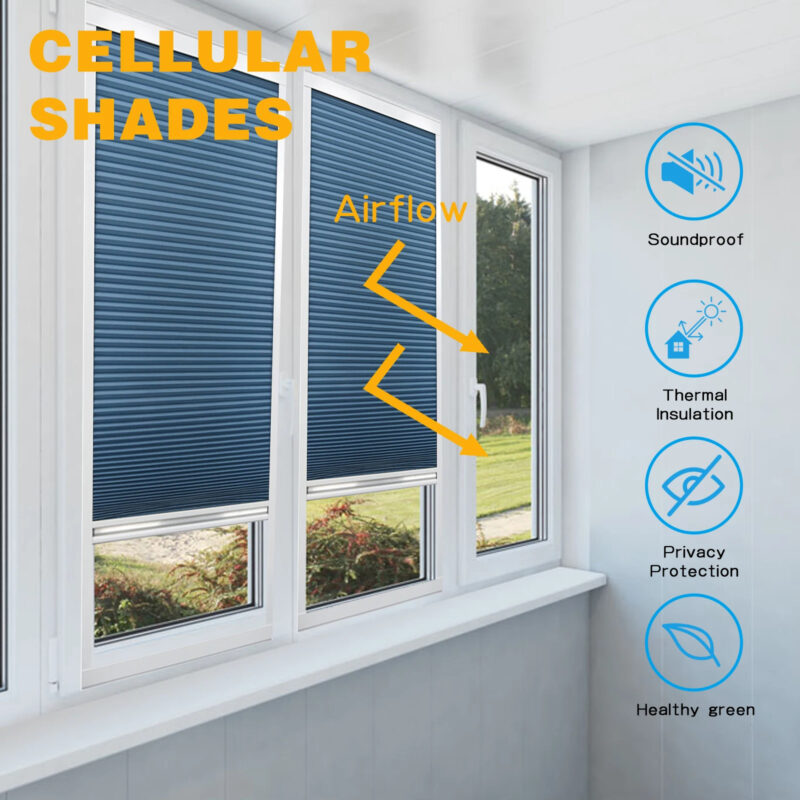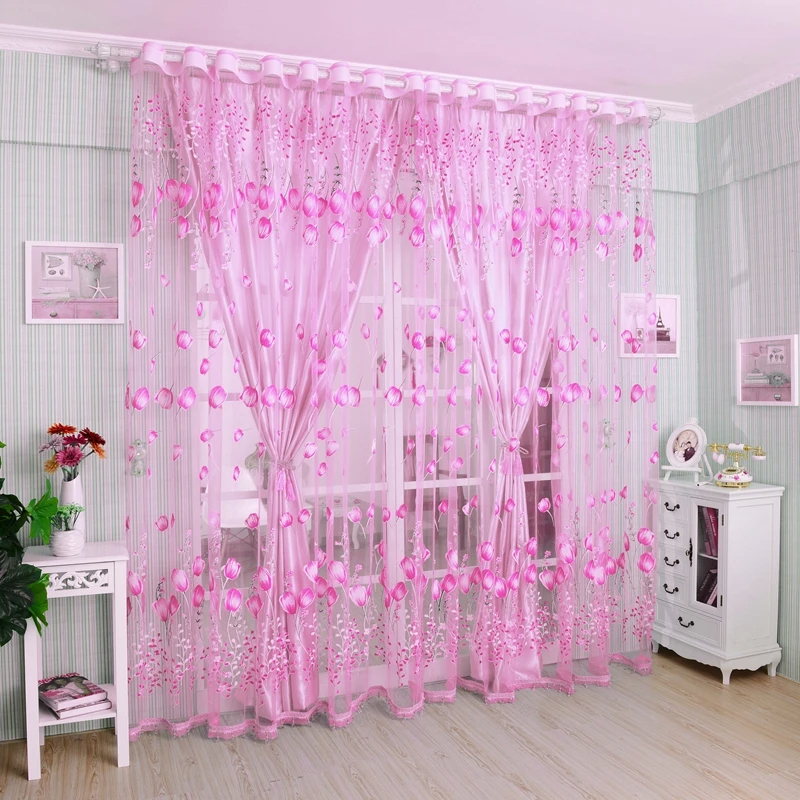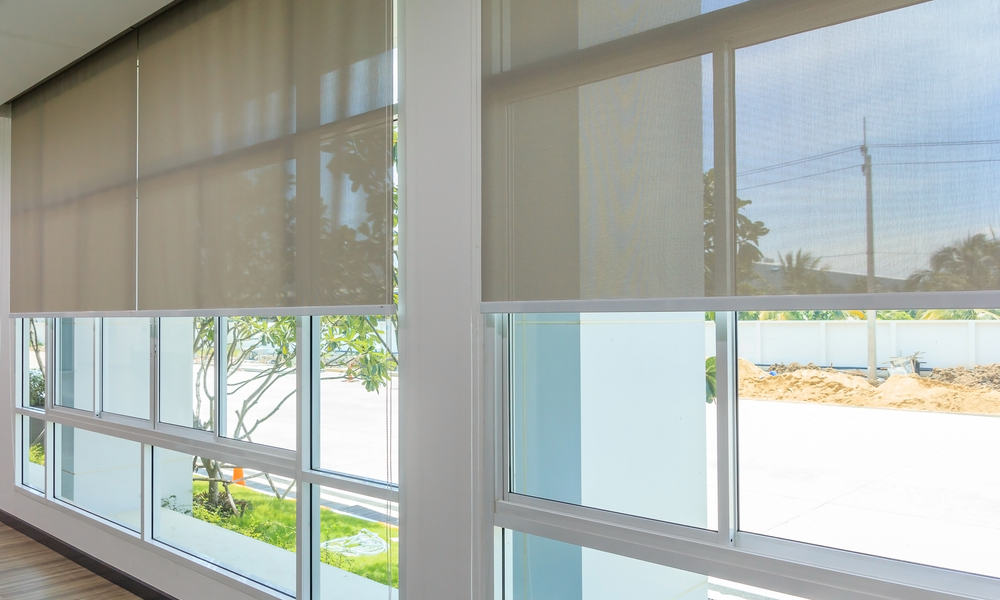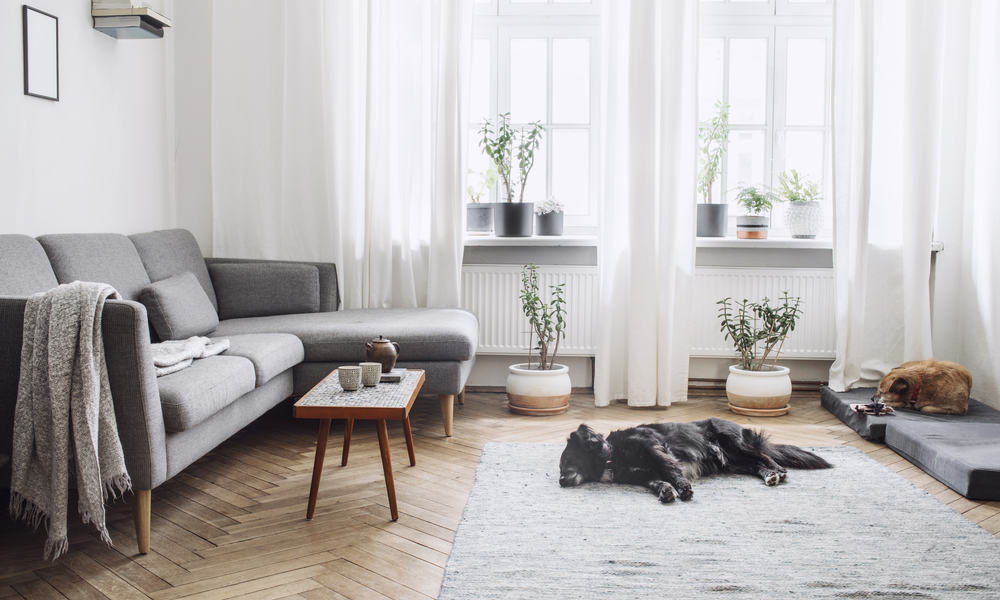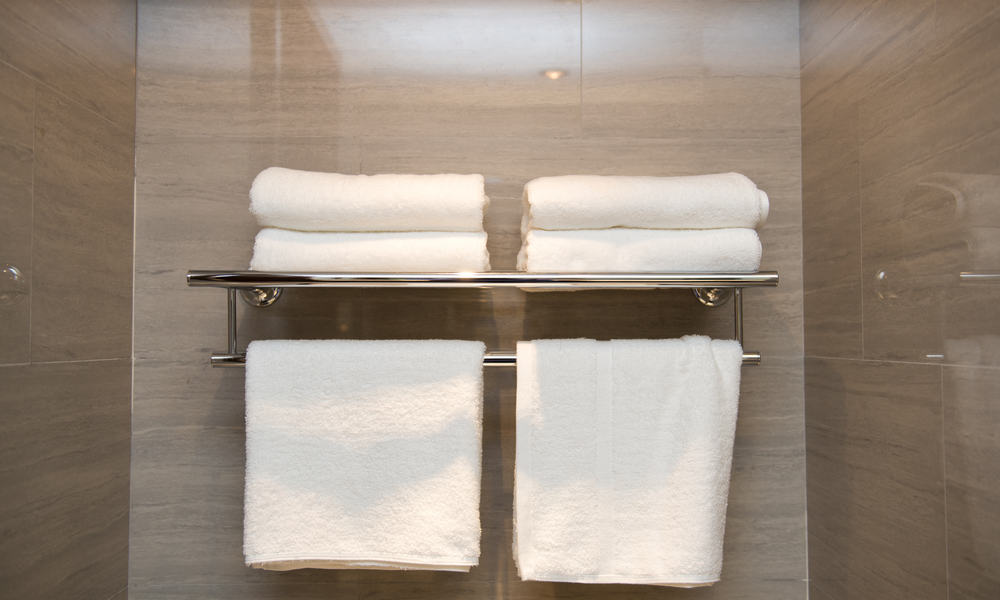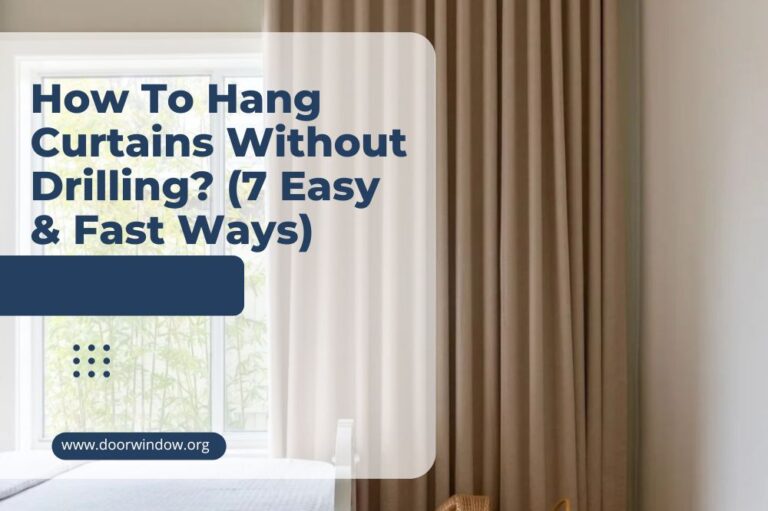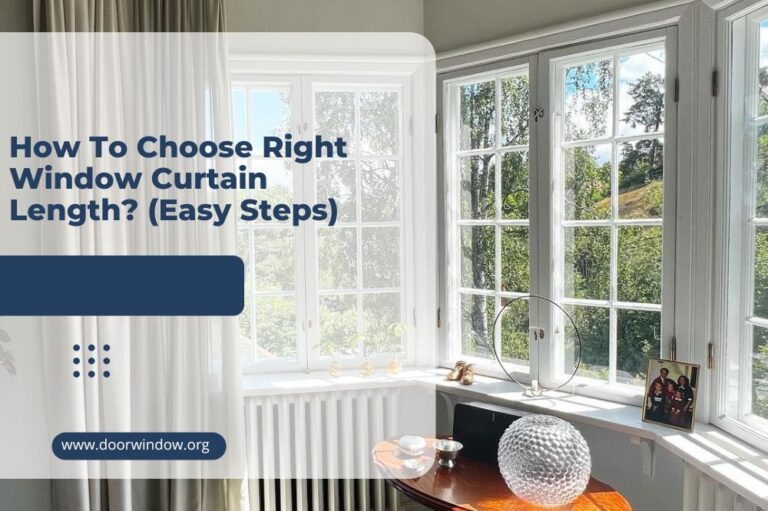21 Easy Ways to Block Noise from Next-door Neighbors
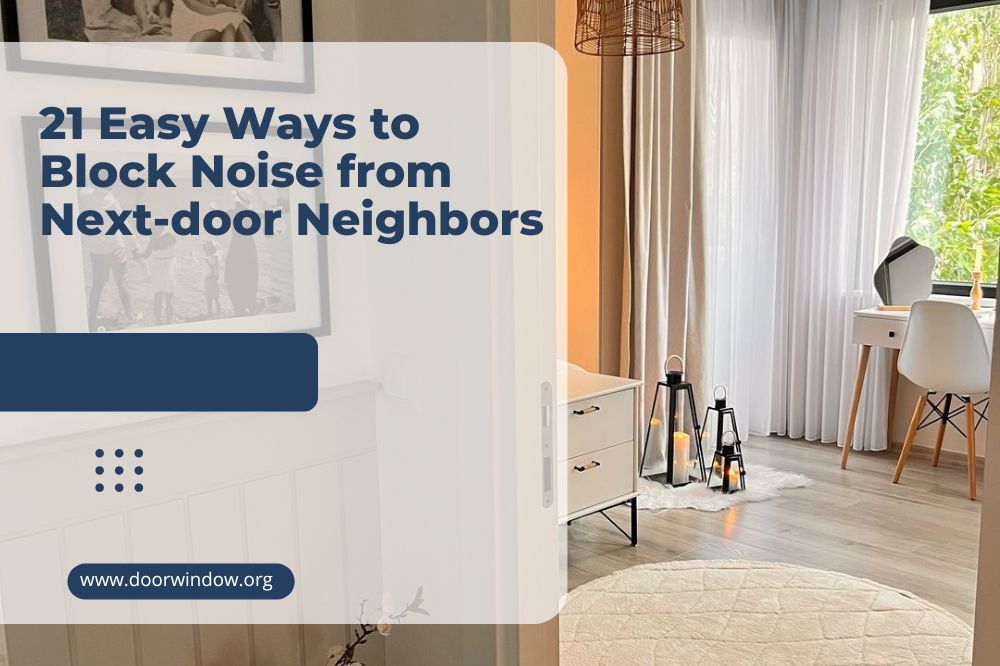
People need people, even though we often wish we didn’t. This is especially true of neighbors. You want someone friendly and accessible next door. Someone you can borrow sugar from, or run to in case of a midnight emergency. But living so close to each other has its challenges.
For example, neighbors can sometimes get loud. And while you may tell them to keep it down once or twice, you don’t want to be pounding on their walls every five minutes. Some don’t know how loud they are. Others don’t care. Here are suggestions to keep the noise at bay.
Tip #1: Thicken your surfaces with drywall
The walls between apartments are often quite thin. This allows the contractor to fit more homes into the available space. But it also means you’ll eavesdrop on your neighbors more than you’d prefer.
Making the wall a few inches thicker will partially dampen the sounds from the other side. Install one or two layers of drywall, ensuring minimal seams and firm placement.
Tip #2: Look for gaps and use acoustic foam
Sound doesn’t always travel through solid surfaces. Sometimes, it seeps through cracks and holes. Inspect the shared wall to see where the noise is loudest.
Then take a closer look at that spot to see whether there are any gaps. If the ‘space’ is an inch or larger, fill it with spray can insulation foam. You can buy a brand like Great Stuff, which has a handy straw applicator.
Tip #3: Install acoustic panels on the wall
These soundproof panels are commonly made of fiberglass, but if environmental concerns matter to you, use greener versions like SonoFlat.
Manufactured and designed by Auralex Acoustics, these panels are made of soy and other ingredients. The panels come in burgundy, black, and purple to match your decorative choices. The NRC is 0.95, so it blocks most noise.
Tip #4: Mount some pictures
Fabric paintings (e.g. canvas), tapestries, portraits, photos, and other types of wall hangings are helpful. They’re not usually made of soundproof materials.
But because they thicken the wall (and sometimes create an air pocket behind the picture frame), they suspend some of the noise from coming through and getting to you. Use a large, meaningful piece to cover more area.
Tip #5: Seal your doors and windows
No, we’re not suggesting your barricade yourself indoors. But sometimes, sound floats through open windows and decorative door slots. The gaps between window munchins and door mullions are especially sensitive.
And it’s worse if the door is hollow. So walk around the door with a flashlight, preferably in a darkened room. Seal and ‘gaps of light’ using Great Stuff.
Tip #6: Sweep the doors next to the floors
A door sweep looks a little like a squeegee, or like the regular attachment on your vacuum cleaner. They’re mounted at the bottom of some doors to keep out the dust and block outdoor noises.
So you can attach sweeps to the doors that are closest to your neighbors. This door sweep is waterproof, weatherproof, and somewhat soundproof too. You can install it as a DIY project.
Tip #7: Thicken your curtains
While some people do put curtains on their walls, it’s a little strange and dramatic. Unless you’re an artistic or eclectic household that often hosts plays at home.
In which case a curtained wall is a logical thing to have. But ordinarily, selecting heavier drapes for your windows goes a long way in muting unwanted noise. Just buy fabrics that attract minimal dust or you’ll have other issues.
Tip #8: Double your window panes
So far, we’ve established that thicker is better. So if you’d like less noise leaching through your windows, double their density. You could replace the current glass with double panes, stained glass, safety glass, or tempered glass.
This isn’t a simple task – or a cheap one. Hire a professional glazier. Otherwise, you’ll just waste your money and end up in the ER.
Tip #9: Try a decorative stencil
Stencils are commonly used to print images onto glass windows and doors. A faster, less labor-intensive option is to apply the stencil to a piece of acrylic film.
This film is then laid over glass surfaces for insulation and privacy. It’s a popular trick for bathrooms and cars, and it also provides a little soundproofing. The neighbors can’t peep in and they’ll sound way quieter.
Tip #10: Drape it up
Curtains are the go-to for absorbing sound at home. But drapes and blinds can work too. As you shop, as about the sound-reduction quotient, and test it out of you can.
These window dressings are often intended for light reduction and privacy purposes, but they can also minimize the sound waves that pass through them, whether it’s loud music or a yipping chihuahua.
Tip #11: Look up and fix up
For apartments, the noise from up above is often more annoying than what’s coming from the sides. It’s why so many movies have scenes where passive-aggressive neighbors thump the ceilings or floors with a broom.
Luckily, you can solve the problem with ceiling insulation. You could hang acoustic clouds that are both pretty and functional. Whisper Wave is a good choice.
Tip #12: Drop the ceiling
From your basic science lessons, you might remember that sounds travels worst through air and best through liquids. So adding a drop ceiling or false ceiling is a good way to stop the drumming from the upstairs neighbors.
The air pocket that forms between their floor and your roof will absorb many of their sound waves, lowering their volume if or when they get to you.
Tip #13: Buffer the bottom
What if you are the upstairs neighbor that’s constantly having your floors attacked with broomsticks and umbrellas? In that case, it’s the ground that needs thickening.
Or at least the floors of your apartment. Buy a deep pile carpet or thick shag rugs at place them strategically at the loudest spots. It won’t stop their banging, but it will quieten their noise considerably.
Tip #14: Make some (white) noise
If you can’t beat them join them. This usually involves speaker battles with the neighbors, where you raise the volume of your music to drown out theirs.
This tit-for-tat tactic could end with both of you in jail. So instead, block them out with white noise or raindrops from a white noise machine. Stay away from whale whispers and tropical forest tracks, those get really loud.
Tip #15: Turn up the HVAC
Heaters, fans, dehumidifiers, air conditioners, and other heating appliances often produce a humming sound. It could range from whisper-soft to rock-concert-loud.
And while that incessant droning can be annoying, it’s less imposing than neighborly noise. So when the next-door sounds of enjoyment or displeasure get overwhelming, switch on the fan or turn up the AC.
Tip #16: Move your stuff around
Doing this at 2.00 a.m. is a pretty sweet form of revenge. The noisy neighbors will definitely get the hint … or they’ll turn around and do the same to you.
But cold dishes aside, shifting furniture can help you cut down the noise from next door. Place a bookshelf, TV stand, or large sofa against the offending wall. The neighbor’s noise will be partially absorbed as it passes.
Tip #17: Turn the video on
YouTube has thousands of ‘DIY white noise videos’. They have titles like ‘popular song on a loop: 40 hours’. There are even some dark but quirky ones, like Darth Vader burning forever.
It features five non-stop hours of soothing music, crackling flames (and a dead sith lord). Play videos like these to overpower any noises from next door – and annoy the in the process.
Tip #18: Plug your eyes
This may feel like giving in, but your safety and sanity are more important than your pride. So invest in a good pair of earmuffs, earplugs, or noise-canceling headphones and earbuds.
Before you put them in, check there’s nothing to distract you, like food on the stove or a knock from an expected guest. This is key because once you cover your ears, you’ll be dead to the world.
Tip #19: Buffer up the bathroom
Many bathroom surfaces are glossy tile and reflective glass. This is great for acoustics while you’re singing in the shower. Not so much when it’s your neighbor doing the crooning.
And nobody wants to hear (or smell) the flushing mechanisms next door. So add some functional dampeners in your bathroom, like towel racks (with towels on them) or vanities and shelves.
Tip #20: Lather on the rubber
Fluffy mats and wall-to-wall carpets are both great ways to reduce unwanted sounds from the neighbors. But rubber mats can be helpful too.
You don’t quite need to craft a padded cell, but you can mount decorative swathes of latex on your walls or floors. They could be glued into place or scattered around the room to provide acoustic buffers. And they’re easy to clean.
Tip #21: Make nice with the neighbors
Again, if you can’t beat them, join them. Tired of their jam sessions and loud parties? Make friends so you get invited to those parties. It’s a lot less annoying when you’re in on the fun.
And you’ll find their loudness less upsetting when you’re part of the revelry. Trouble is … now the other neighbors will bang on the party doors to quiet you all down. Fun times.
Subtle Silencers:
So what are the most effective ways to block the noise from next-door neighbors?
- Pad the walls with art, foam, soundproof panels, or fabric curtains.
- Pad the windows with heavy drapes, blinds, or printed acrylic film.
- Pad the floors with thick rugs, fluffy carpets, or rubber rugs.
- Pad the doors with sweeps, spray can sealant, or caulk.
- Pad the ceiling with false layers and drop vault spaces.
- Use extended YouTube videos or white noise machines.
- Turn on your loudest heater, fan, or humidifier.
Do you have any soundproofing in your home? Show us some photos in the comments!

